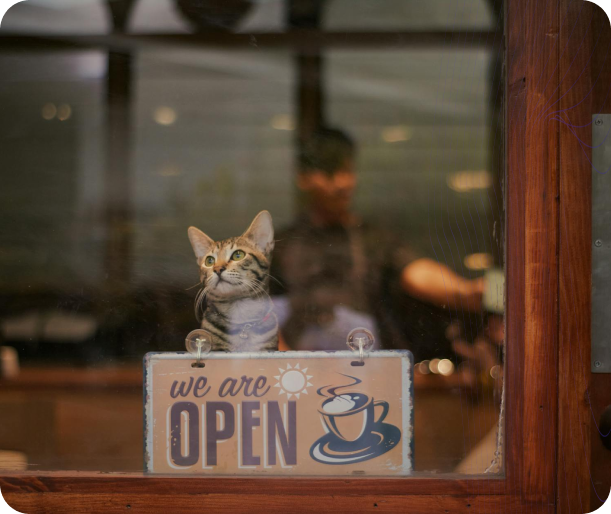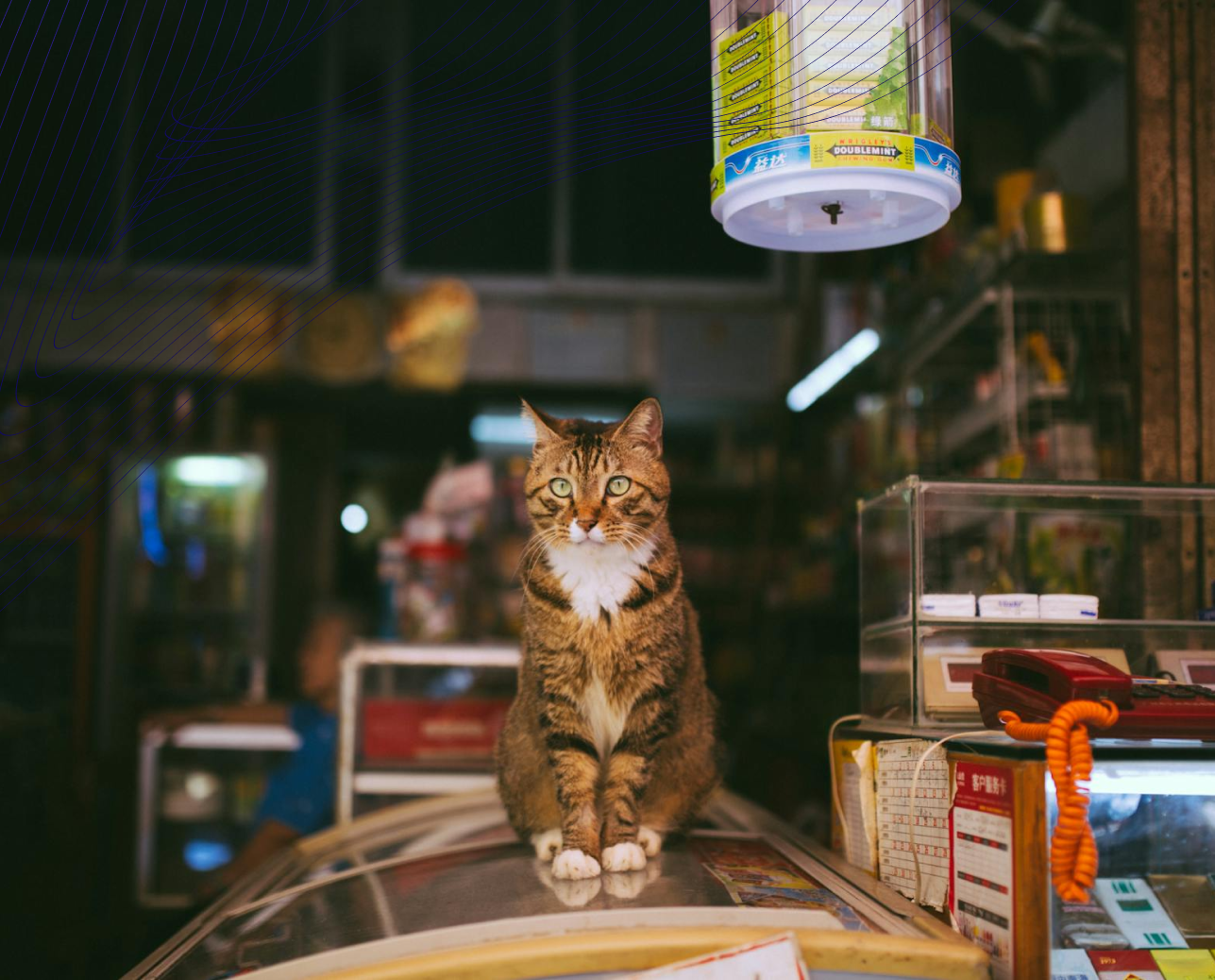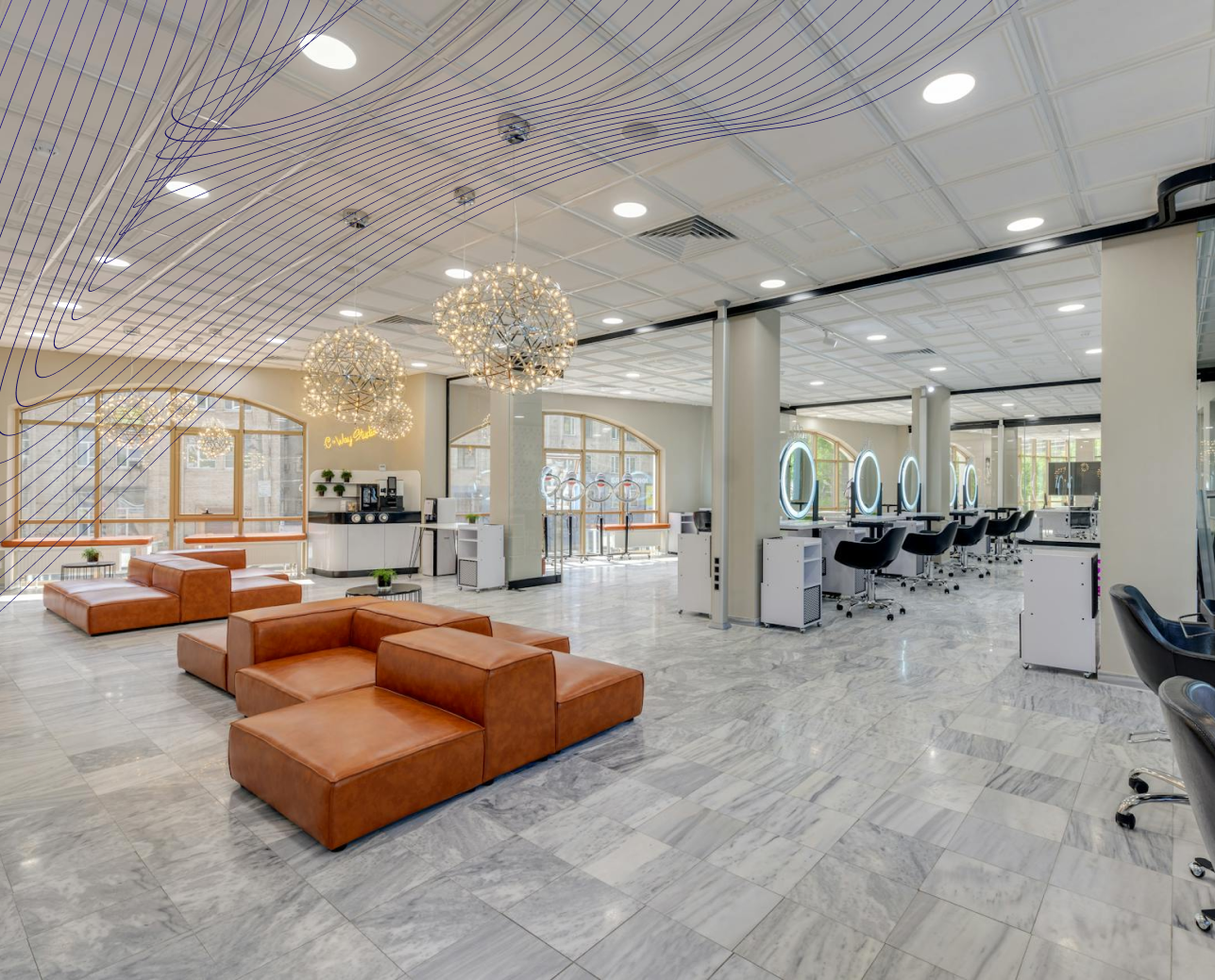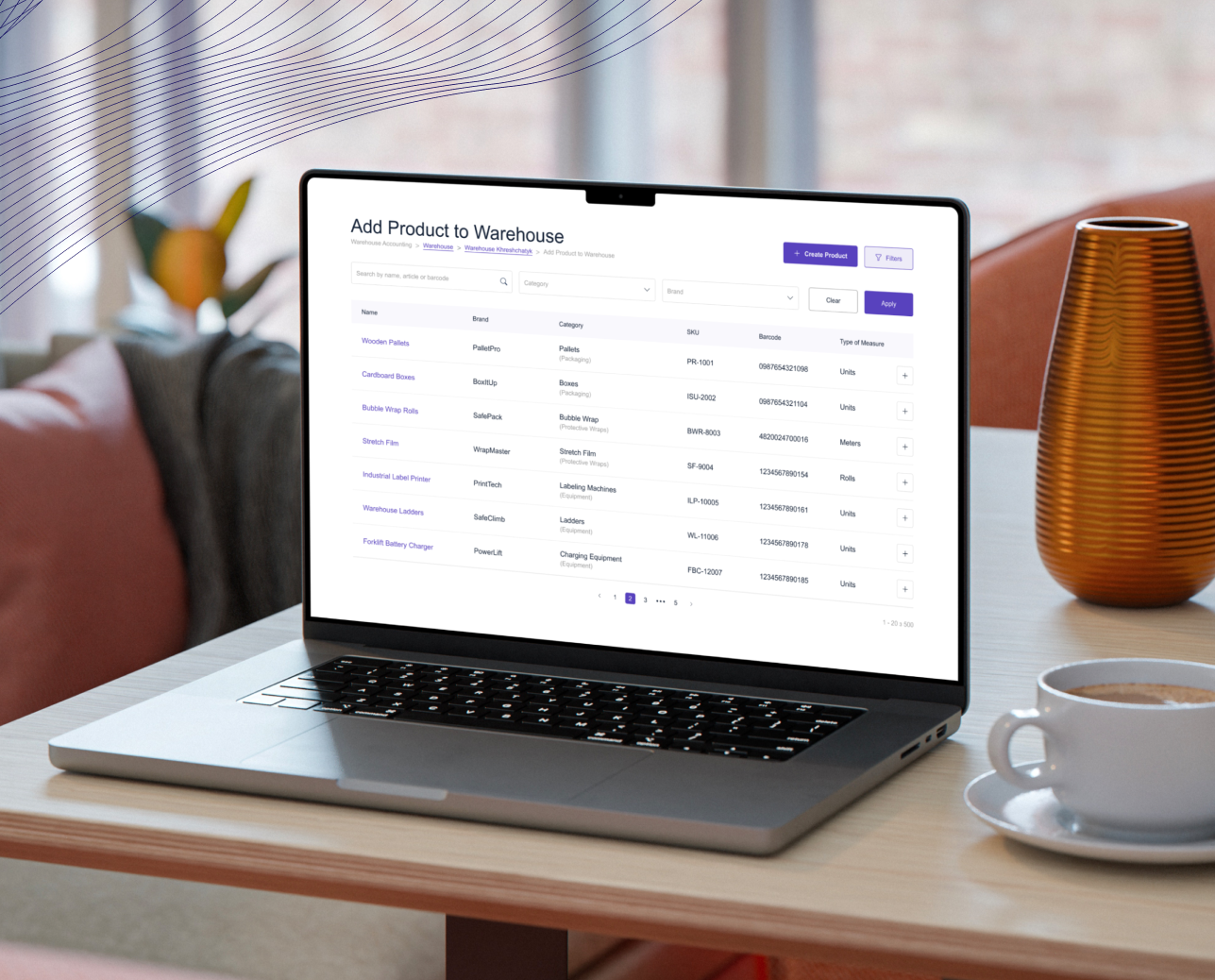Complete Guide on How to Open a Pet Store: Unique Steps and Tips
The pet industry is booming, making it an ideal time for starting a pet store business. With pet ownership steadily increasing, the demand for quality pet products and services is at an all-time high. However, simply opening a pet supply store isn't enough to guarantee success. To thrive, you must develop a distinct identity, understand market needs, and create lasting connections with your customers. This guide explores the essential steps to opening a pet store that stands out from competitors and attracts loyal customers.

Defining a Unique Concept and Market Positioning for Opening a Pet Store
Starting a pet shop involves more than just selecting products to sell. To establish a foothold in the industry, you must create a concept that resonates with pet owners and offers something different.
Consider what sets your store apart. Will you specialize in eco-friendly pet products, focus on small-breed accessories, or perhaps cater to exotic pets? Understanding local market demands and gaps is critical. A niche-focused approach allows you to build expertise, attract specific customer segments, and develop a loyal following.
One way to define your niche is by identifying underserved pet categories. For example, opening a dog boutique that offers premium grooming supplies and luxury pet apparel can attract a specific clientele. Alternatively, starting an online pet supply store can expand your reach beyond local customers. Research competitors to pinpoint gaps and consider offering unique services like pet spa treatments, training workshops, or organic pet food lines.
Market analysis tools and surveys can provide insight into what local pet owners need but lack. Use this data to shape your offerings, ensuring your store meets the demand effectively.


Crafting a Solid Pet Store Business Plan
A comprehensive pet shop business plan serves as your roadmap, guiding decision-making and ensuring that you stay on track. It is also vital for securing funding and attracting potential investors. Here are the key components to include:
- Executive Summary: Clearly outline your business vision, mission, and objectives. Describe the unique concept and explain why your store will stand out in the local market.
- Market Research: Provide insights into local competition, target demographics, and pet ownership trends. Identify key competitors and analyze their strengths and weaknesses.
- Product Line: Detail the types of pet products and services your store will offer. Specify exclusive brands or products that align with your niche.
- Operations Plan: Describe day-to-day operations, staffing, and inventory management. Include details on store layout, customer service policies, and logistics.
- Marketing Strategy: Highlight how you plan to promote the store and engage with customers. Detail plans for both online and offline marketing.
- Financial Projections: Include startup costs, expected revenue, and break-even analysis. Provide realistic estimates and back them with research.
A strong pet supplies business plan lays the groundwork for growth and helps foresee potential challenges. Regularly update it to reflect evolving market trends and pet shop business ideas.
Make sure that Me-Pos Online Booking meets your needs and requirements before making a final decision.

Legal and Financial Requirements for Opening a Pet Store
Ensuring compliance with local laws and managing finances effectively is essential when opening up a pet store. Ignoring legal obligations can lead to delays or fines.

Legal Requirements
To legally operate your store, apply for business licenses and permits specific to your area. Contact local authorities to confirm zoning laws, as some areas restrict retail pet operations. Health and safety regulations are also important, especially if you plan to sell live animals or operate grooming services.
Additionally, securing business insurance protects you from potential liabilities. Consider policies covering general liability, property damage, and worker’s compensation. If you plan to sell animals, ensure you meet ethical and welfare standards to avoid reputational damage.

Financial Planning
Estimate startup costs, including rent, inventory, store renovations, and employee salaries. Carefully assess funding options, such as small business loans, investor partnerships, or personal savings.
Create a contingency fund for unexpected expenses. Factor in seasonal sales fluctuations, as pet-related products often see spikes during holidays or summer. A well-structured financial plan can sustain the business during slow periods, ensuring stability.

Choosing the Right Location for Your Pet Store
The success of your pet store business often depends on its location. High visibility, accessibility, and proximity to complementary businesses, such as veterinary clinics or grooming salons, can drive foot traffic.
Selecting the best location involves thorough research. Look for areas with high pet ownership rates and minimal direct competition. Residential neighborhoods with families and pet owners provide a built-in customer base. Additionally, ensure the store space is large enough to accommodate product displays, grooming stations, and pet-friendly areas.
Pay attention to foot traffic patterns, parking availability, and ease of access. Busy retail districts or areas near dog parks and walking trails can significantly enhance visibility. A location that supports weekend traffic or has nearby pet events can provide extra exposure. Assess rental costs carefully, balancing budget constraints with potential for growth.
Building Relationships with Reliable Suppliers
When starting a pet shop, establishing strong relationships with reliable suppliers becomes one of your fundamental tasks. A diverse and reliable supplier network is crucial for maintaining inventory and meeting customer demands. Before setting up a pet shop, you should dedicate significant time to researching and vetting potential suppliers, as they will become the backbone of your business operations.
Prioritize suppliers who offer quality products at competitive prices and maintain consistent communication. Here is a comprehensive comparison of local and international suppliers to help you make informed decisions:
Choosing the right supplier balance ensures consistent product availability and cost-effectiveness. When starting a pet store business, it's crucial to establish long-term partnerships to secure better deals and priority service. Remember to regularly vet suppliers to confirm they meet quality standards and ethical practices, particularly for live animals and perishable products.
Consider joining pet industry associations and attending trade shows to expand your supplier network and stay informed about new products and trends in the market. This proactive approach will help you maintain a competitive edge while ensuring your shop offers the best products for your customers.
Designing a Functional Layout for Starting a Pet Store
The design and layout of your pet store can significantly influence customer experience and sales. A clean, organized space encourages browsing and makes shopping more enjoyable.

Store Layout Elements
Design sections that clearly distinguish product categories. Include pet-friendly zones where owners can bring their pets, fostering a sense of community. Use engaging signage to highlight promotions or new arrivals.
Zoning should ensure not only high mobility, easy navigation and customer circulation, but also good product visibility from all sales areas of the store. Good product visibility is especially important for stores with a small selling area.
Creating a Customer-Centric Experience
Ensure aisles are wide enough for customers with pets or strollers, and place popular products at eye level to encourage impulse purchases. Bright, inviting lighting and interactive displays enhance the shopping experience. Incorporate areas for pet demonstrations or workshops to engage visitors. A well-thought-out layout can increase customer dwell time and boost sales.
The visual-sensory and aesthetic component is very important in the shopping process, and pet products are no exception. Therefore, work and follow a pleasant atmosphere in the store. Accuracy and logicality of display, friendliness of staff, cleanliness, absence of unpleasant odors, good musical accompaniment - all these are additional incentives to make a purchase and visit you again.

Marketing Strategies to Setting Up a Pet Store
When opening up a pet store, developing a comprehensive marketing strategy is essential to drive awareness and sales. A combination of online and offline strategies can boost visibility and build a loyal customer base in today's competitive market.

Proven Tactics
Focus on social media marketing to showcase products and engage with local pet communities. Create compelling content that highlights:
- Daily life at your store
- New product arrivals
- Pet care tips and advice
- Customer success stories
- Behind-the-scenes glimpses
Collaborate with veterinarians, groomers, and animal shelters to host events, such as pet adoption days or grooming workshops. These partnerships not only benefit the community but also establish your store as a trusted local resource. Email marketing and loyalty programs are effective tools for retaining customers and encouraging repeat visits.
Utilize influencer marketing by partnering with pet bloggers or social media personalities. Highlight user-generated content by encouraging customers to share photos of their pets enjoying products purchased from your store. Consider implementing a hashtag campaign specific to your business to build brand awareness.

Expanding to Online Platforms
Starting an online pet supply store creates an opportunity to reach customers beyond your local area while generating additional revenue streams. A well-designed e-commerce platform complements your physical store by enabling 24/7 shopping access for pet owners. When learning how to start an online pet supply store, prioritize creating a user-friendly website with secure payment options and mobile responsiveness. Your digital storefront should include several key features, including: secure payment processing, high-quality product images, detailed descriptions, easy navigation, and reliable shipping options.
How to start an online pet supply business mirrors traditional retail principles but requires special attention to digital integration. Success depends on implementing systems that seamlessly connect your physical and online stores, ensuring consistent inventory management and pricing across both channels. Promote your online presence through targeted social media campaigns, email marketing, and engaging content that showcases your expertise in pet care. By offering exclusive online promotions and digital loyalty programs, you can encourage customers to engage with both your physical and online stores, creating a unified shopping experience that meets the modern pet owner's needs.

How Much Does It Cost to Open a Pet Store?
A cost of opening a pet shop varies significantly depending on your location, size, and business model. Initial investments typically range from $50,000 to $150,000 for a small to medium-sized store, though costs can climb higher in prime retail locations or for larger operations.
The largest initial expense is typically your retail space, requiring first and last month's rent, security deposit, and renovation costs. Retail space modifications often include proper ventilation systems, specialized lighting, and separate areas for different animals, which can range from $20,000 to $40,000.
When calculating the cost of opening a pet store, inventory represents another significant investment. Initial inventory costs typically range from $20,000 to $40,000, covering essential pet supplies, food, accessories, and live animals if you plan to sell them. This includes maintaining proper housing and care facilities for live animals, such as aquariums, cages, and climate control systems.
Equipment and technology infrastructure form another crucial cost component. This includes POS systems, inventory management software, security systems, and basic office equipment. A reliable POS system specifically designed for pet retail operations can cost between $2,000 and $5,000.
Essential business expenses that often get overlooked when planning include:
- Insurance coverage (liability, inventory, workers' compensation): $2,000-$6,000 annually
- Licenses and permits: $1,000-$3,000
- Professional services (legal and accounting): $2,000-$5,000
- Marketing and grand opening promotion: $3,000-$7,000
- Working capital for first 3-6 months: $20,000-$30,000
Remember to factor in emergency funds for unexpected expenses and seasonal inventory fluctuations. Consider starting with a smaller operation and expanding as your business grows. The key is finding the right balance between investment and expected return based on your local market conditions and target customer base.


Conclusion
Opening a pet store requires careful planning, market research, and strategic implementation of various business elements. Success in this competitive industry depends not only on your passion for pets but also on making smart business decisions, from choosing reliable suppliers to implementing effective marketing strategies.
To streamline your operations and ensure smooth business management, consider implementing Me-POS systems specifically designed for pet retail operations. A reliable POS system will help you track inventory, manage customer relationships, and analyze sales data efficiently, allowing you to focus on growing your business and providing exceptional service to pet owners.
The investment in time and resources will be substantial, but the pet industry continues to show strong growth potential, making it an attractive business opportunity for passionate entrepreneurs who are well-prepared and committed to excellence.
Was This Article Helpful?
Click on a star to rate it!
Thank you for your vote!

Average Rating: 5/5 Votes: 2
Be the first to rate this post!
View more
Related Articles
How to Make a Restaurant Menu Design?
Designing a restaurant menu is a crucial aspect of the restaurant industry. A well-crafted menu does more than list the dishes offered; it serves as a...
How to Open a Bar: A Step-by-Step Guide for Aspiring Entrepreneurs
Opening a new bar is an exciting venture, but it requires careful planning and attention to detail. Whether you dream of creating a laid-back pub or a...
Starting a Spa Massage Business: A Complete Guide to Success
The wellness industry is booming, offering excellent opportunities for entrepreneurs looking to start a spa business. In today's fast-paced world, mor...
Understanding Prices for Food Trucks: A Comprehensive Guide
So you want to start a food truck? Awesome choice! But before you hit the road, you have to figure out how much food trucks cost and what other expens...
Liquor Store Opening: Step-by-Step Guide to Launching and Operating
Opening a liquor store can be an exciting and rewarding journey, but it’s not a business you want to jump into without preparation. From understanding...
How to Start an Ice Cream Truck Business?
Starting an ice cream truck business can be a lucrative and enjoyable venture for those who love being their own boss, engaging with the community, an...
How to Start a Gym as a Business: From Concept to Reality
Starting a gym business is a rewarding opportunity that combines a passion for fitness with entrepreneurial success. However, it involves far more tha...
Your Ultimate Guide on How to Open a Pharmacy Business
Starting a pharmacy business can be a rewarding and profitable venture if approached correctly. Pharmacies play a crucial role in communities by provi...
How to Make a Restaurant Menu Design?
Designing a restaurant menu is a crucial aspect of the restaurant industry. A well-crafted menu does more than list the dishes offered; it serves as a...
How to Open a Bar: A Step-by-Step Guide for Aspiring Entrepreneurs
Opening a new bar is an exciting venture, but it requires careful planning and attention to detail. Whether you dream of creating a laid-back pub or a...
Starting a Spa Massage Business: A Complete Guide to Success
The wellness industry is booming, offering excellent opportunities for entrepreneurs looking to start a spa business. In today's fast-paced world, mor...
Understanding Prices for Food Trucks: A Comprehensive Guide
So you want to start a food truck? Awesome choice! But before you hit the road, you have to figure out how much food trucks cost and what other expens...
Liquor Store Opening: Step-by-Step Guide to Launching and Operating
Opening a liquor store can be an exciting and rewarding journey, but it’s not a business you want to jump into without preparation. From understanding...
How to Start an Ice Cream Truck Business?
Starting an ice cream truck business can be a lucrative and enjoyable venture for those who love being their own boss, engaging with the community, an...
How to Start a Gym as a Business: From Concept to Reality
Starting a gym business is a rewarding opportunity that combines a passion for fitness with entrepreneurial success. However, it involves far more tha...
Your Ultimate Guide on How to Open a Pharmacy Business
Starting a pharmacy business can be a rewarding and profitable venture if approached correctly. Pharmacies play a crucial role in communities by provi...
View more



































